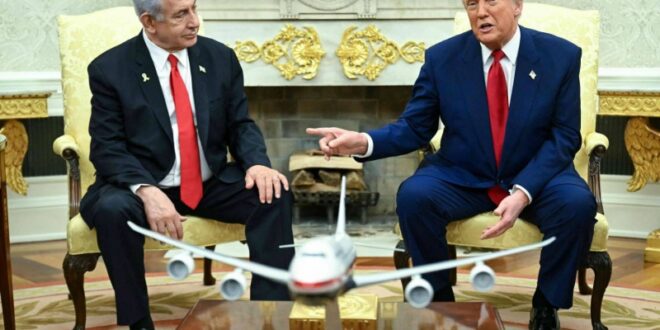Dr. Shehab Al-Makahleh
As the Middle East teeters on the edge of what could become a major regional realignment, a complex web of calculations involving Iran, Israel, the United States, and key European players unfolds at an accelerated pace. The region appears to be inching toward a moment that could redraw the map of alliances and trigger a potentially wide-scale confrontation.
Iran’s Strategy: Drawing Israel into a War of Attrition
Iran appears confident in its ability to draw Israel into a protracted war of attrition—a strategy rooted in bleeding its adversary economically, militarily, and psychologically. Tehran is not acting in a vacuum; Israeli, American, and even European military and intelligence circles are acutely aware of this possibility.
In this unfolding scenario, mutual deterrence is the foundational principle shaping decisions. Yet, each party interprets that principle through a different strategic lens. At the heart of this complex game stands the United States, which still pulls the strings in the region’s geopolitical chessboard, positioning its pieces in ways that ensure dominance—either through direct engagement or calculated restraint.
Trump’s Four-Day Window: Tactical Pause or Strategic Setup?
President Donald Trump’s recent peace initiative proposing a ceasefire in Gaza—along with his specific timeline of three to four days for a response—was not just diplomatic rhetoric. It was a move grounded in military calculus. From the moment the proposal was announced, an unusual surge in military logistics and armament movement was observed, particularly in areas surrounding Israel.
American military assets were mobilized at a notable pace. New forward-operating bases are reportedly being established within Israeli territory, designed to serve as fire belts—a concept meant to protect Israel’s home front from incoming missile threats. This move signals that Washington is preparing for a worst-case scenario: a broad regional war.
Lessons from the Last War: The 12-Day Conflict
Iran has studied recent conflicts closely—most notably the 12-day war during which the U.S. alone provided over $800 million in military support to Israel, largely in the form of missile defense and logistical aid. That number underlines the high cost of extended conflict.
The U.S., reading this equation with cold pragmatism, has begun to pivot toward a pre-emptive, disabling strike strategy—one designed to dismantle Iran’s capabilities early on and prevent it from engaging in a prolonged battlefield campaign.
The Internal Front: A Fifth-Generation Warfare Tactic
While previous sanctions focused on Iran’s political, military, and nuclear structures, the latest approach appears to shift toward the country’s internal stability. The new tactic, known as “snapback sanctions,” aims at destabilizing Iran’s domestic front—particularly its bazaars and overall economy.
This pressure strategy aligns with the principles of fifth-generation warfare, where military operations are combined with internal unrest. By fomenting public dissatisfaction and economic desperation, Western powers seek to weaponize discontent as a force multiplier for any potential external strikes.
After four decades of recurring sanctions and crises, the U.S. and Israel now appear to be betting on the accumulated frustration within Iranian society as an internal fuse that could ignite alongside military operations from the outside.
A Multi-Front War: The Regional Domino Effect
Should a military strike occur, it is unlikely to be confined to Iran alone. Tehran’s regional network of allies—Yemen, Lebanon, Iraq, and Syria—will almost certainly be drawn into the conflict. This potential escalation brings Europe into the frame as well.
The European troika—France, Germany, and the UK—may not engage directly but could play roles through intelligence sharing, logistical support, or political cover. Particularly, Germany is expected to be involved in some form, despite its traditionally cautious stance.
What is shaping up is a possible preemptive decapitation strike, one that may target Iran’s command and control systems to paralyze decision-making processes—both politically and militarily—before a coordinated response can be mounted.
Are We Nearing Zero Hour?
The accumulation of military buildup, strategic posturing, and heightened rhetoric strongly suggest that the region is on the brink of a critical juncture. Whether this culminates in full-scale war or an imposed political settlement is still unknown.
One thing is clear: Iran understands that any upcoming confrontation will not resemble previous skirmishes. The next war—if it erupts—will be broader, more intense, and exponentially more costly.
As Israel, the U.S., and their allies brace for possible escalation, and as Iran weighs its response options, the Middle East once again finds itself caught between war and diplomacy, between history and the unknown. But what is inevitable is that war is coming at varoius fronts to reshape the Middle East Map.
 Geostrategic Media Political Commentary, Analysis, Security, Defense
Geostrategic Media Political Commentary, Analysis, Security, Defense





